If you have a fence climber and jumper on your hands, I have some good news for you. Stopping your cat from climbing a fence is far easier than stopping your cat from digging under one. It takes lesser work on your part and less expenditure on potential products.
It’s important that you learn how to stop your cat from jumping the fence. If you don’t, they can severely injure themselves, escape, cause others harm, and get into a whole lot of trouble.
How to stop a cat from jumping the fence
They best way to prevent your cat from climbing fences is to first identify why they are trying to jump the fence in the first place.
How to stop a cat from climbing a fence? If you can solve the underlying issue for your cat fence jumping you can then work to remove anything that helps them in their escape, use gentle affirmative training, DIY fence guards, and adding trees to the perimeter of your fence may finally stop them from this dangerous habit.
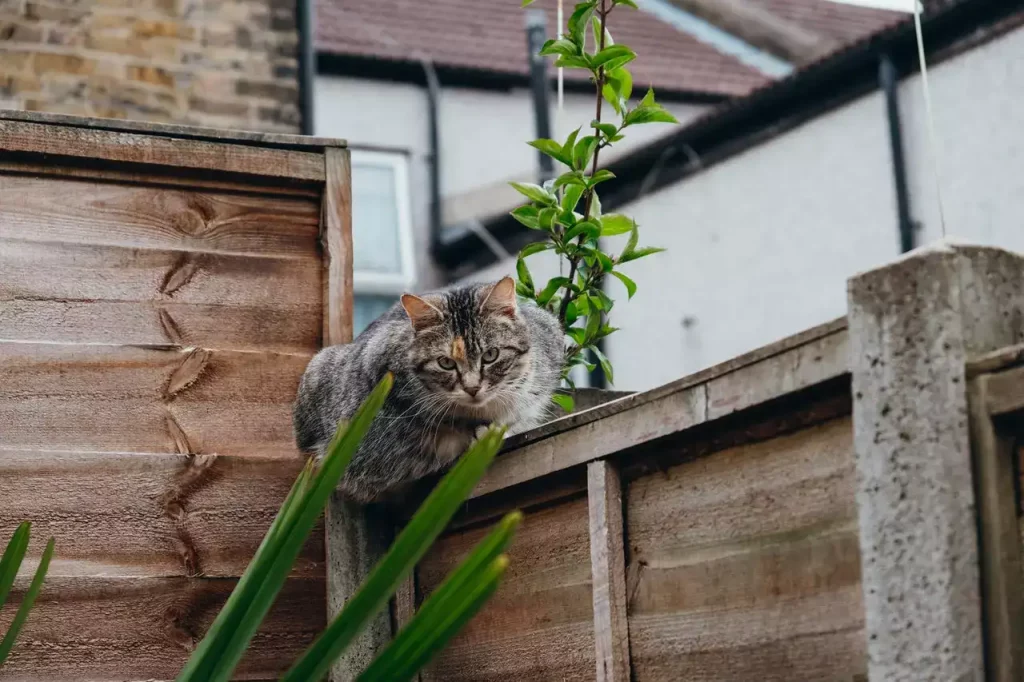
There’s a lot more to it than that though, so here’s my step-by-step guide.
Technique 1: Why is your cat climbing the fence?
Like with all good cat training, sometimes the underlying cause is easier to fix than the behavior itself. Why is your cat actually attempting to climb or jump the fence?
I can assure you, it’s not your cat’s favorite past time. There will be an obvious underlying reason as to why they may try this great escape over the wooden fence or chain link fence.
1. Cats jump fences when they want to get at something
My cat has a thing for the neighbor’s cat. I don’t know what it is, but he goes into a wild frenzy whenever he senses she is near. It could be the start of a wild love story or the grim tale of felines at war.
I am not entirely sure, and I don’t want to find out! But… my neighbor’s cat wants to jump the fence too and my cat is happy to try climb the fence to reciprocate the feelings.
To quell his lust or hatred, I obstructed the view out of the fence so that he can no longer see the object of his desire. Some owners use extra fencing or mesh screens to cover their garden fences.
I chose to use trees as they serve three functions:
- They completely cover the chain link fence.
- They make it more difficult to climb the fence by getting in the way.
- They make the garden look pretty… and that’s probably the best reason.
2. Cats jump fences when they are in heat
When you read the previous paragraph, you may have thought “oh your cat just needs to be neutered” to stop them climbing and jumping the fence.
But that’s the thing… he is neutered.
She may not be, and that is out of my control, but my cat has definitely been snipped.
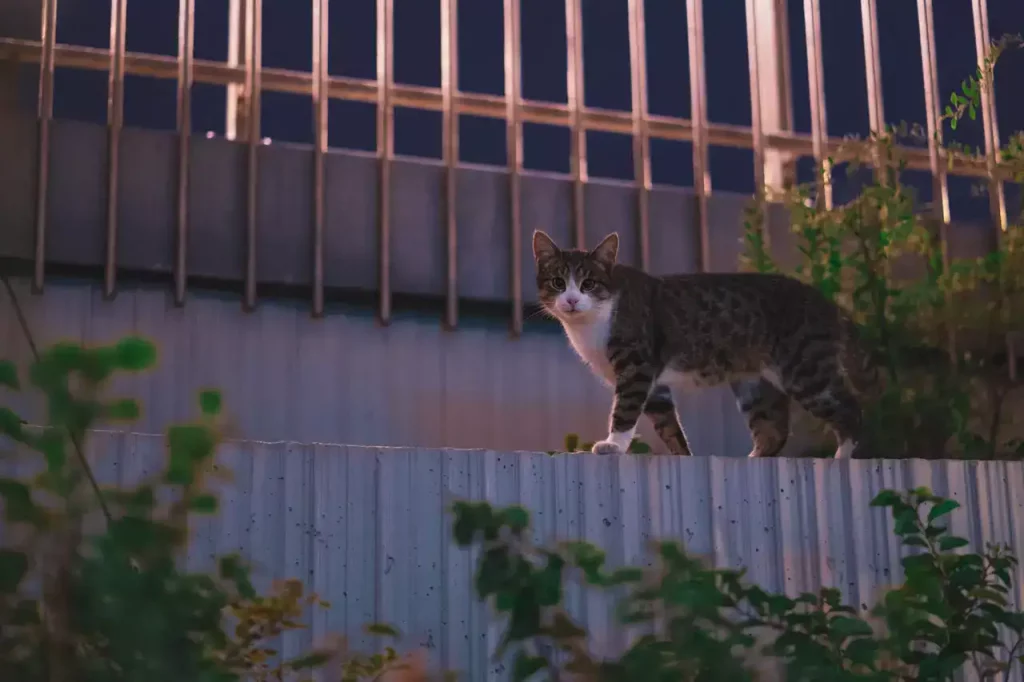
If you have an unspayed or unneutered cat, you may find that they are more willing to attempt dangerous stunts to – erhm – spread the love with neighboring eligible partners.
By spaying or neutering, you will stop other cats from riling them up too and visiting your backyard unannounced. There are many benefits to spaying or neutering your cat but do consult a professional veterinarian for their advice.
3. Cats jump fences when they are bored
Maybe they are roaming in the backyard all day and climbing the fence just seemed like something novel to do. A new challenge. A way to make the time go faster.
I’m not in your cat’s head so I don’t know, but boredom can make your cat seek entertainment in unusual places – jumping a fence is sure going to get the adrenalin pumping as you can imagine.
If you suspect your cat is bored in the back yard and this is leading to them jumping the chain link fence, then try introducing garden toys and activities to keep their minds occupied.
Sets are usually very complete with 28 pieces all geared to providing your cat a full agility training experience. From the classic hoop to hurdles and pins, they can be entertaining and tiring enough that your cat won’t want to attempt climbing the fence!
Technique 2: Remove anything that helps them climb the fence
This sounds like a no-brainer, but it may take some investigation.
You may not immediately be able to identify any objects near the fence that is helping your cat climb up and jump over the fence. You could be surprised if you observe them for a while.
It could be your garden waste bin or a small ledge at the base that gives them a leg up. Maybe at the corner of where the fences join, there is a place they are getting their footing to make the jump.
See what your cat is using around them to (literally) give them a leg up and take it out of the picture.
Handy Hint: Some cats will try and get into the trash cans too. I’ve put a guide together on how to stop them getting into the trash here.
Technique 3: Say “no”
Just say no. The “no” command is extremely effective but only if you catch your cat in the act of jumping up and over the fence into your neighbor’s yard and garden.
Saying “no” after they have done the crime is completely superfluous. They won’t associate your disapproval with the right action. You have to catch them red-handed.
Now the way you say no is equally as important as when you say no.
Shouting rarely does much to teach your cat a lesson. Neither does a soft, sweet tone of voice as this sounds like you are rewarding them.
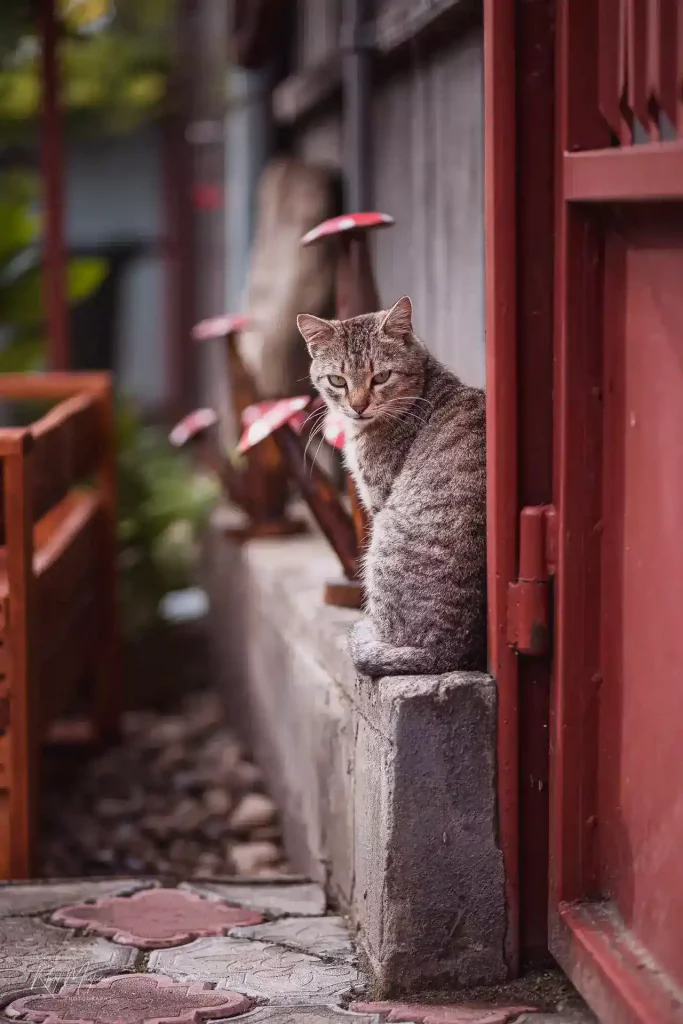
Channel your inner schoolteacher and say “no” with a calm but authoritative demeanor.
Put some bass in your voice.
As soon as your cat stops climbing a fence, reward them with vocal praise and perhaps a treat to reinforce that they did well.
Over time, this should help them to stop jumping the fence when you are around but rarely stops them from doing it entirely when you are gone. So, the other techniques in this article should work in tandem with vocal commands.
Technique 4: PVC Piping or Coyote Rollers
Coyote rollers are pieces of metal that folks put at the top of their fences to keep coyotes from climbing over. Essentially, when naughty paws reach the top of the fence and onto the roller, the metal spins, and they slip off.
It is worth noting that this is much more humane than spikes or barbed wire, but it is still negative reinforcement. I only recommend this if your cat is particularly stubborn and the other techniques here are not working.
Coyote rollers can be quite pricey, but you can make a DIY alternative with PVC piping.
All you need are some sturdy, thick PVC pieces and a smaller pipe to hang them from on the inside. By suspending the PVC over the top of the fence, you create the same rolling effect as with a coyote roller.
Technique 5: Invest in a playpen
If all else fails and your kitten is persistent, you may want to consider crating to completely keep your cat form jumping fences. But a very specific type of crating.
Have you ever heard of cat playpens? Cats playpens are larger than the traditional crate because they do a slightly different thing.
Crates are meant to be safe, secure cages that allow your cat to rest. It is intended as a kind of cozy sanctuary.
Playpens are large enclosures that have space for plenty of toys and treats.
Investing in an outdoor playpen for when your cat wants to play outside, but you’re afraid they’ll climb the fence, could be a decent solution.
It also comes back to that boredom issue. Filling your kitten’s playpen with chew toys, treats and games will keep them entertained whilst unattended in the yard.
The one in the image above (click for prices) is the perfect example of a huge playpen with a fantastic amount of space. You can set it up into any space you want to best suit your garden and your cat. It has enough room to roam around and play without feeling claustrophobic.
Conclusion
If your cat gets into a frenzy every time they see the neighbor’s hound and scrambles to climb over the railings to reach them, I can imagine how frustrating it is to try and get them down.
As you will know, cats aren’t naturally climbing animals with gripping claws like cats or raccoons, so they are much less skilled let’s say.
Climbing fences can lead your felines to broken bones, skin injuries, bruises, and even blunt force trauma. You need to stop them for their own safety.
Thankfully though, with a little perseverance and patience you too can learn how to keep a cat from jumping the fence – whether that a chain link fence, wooden, or belongs to a neighbor.
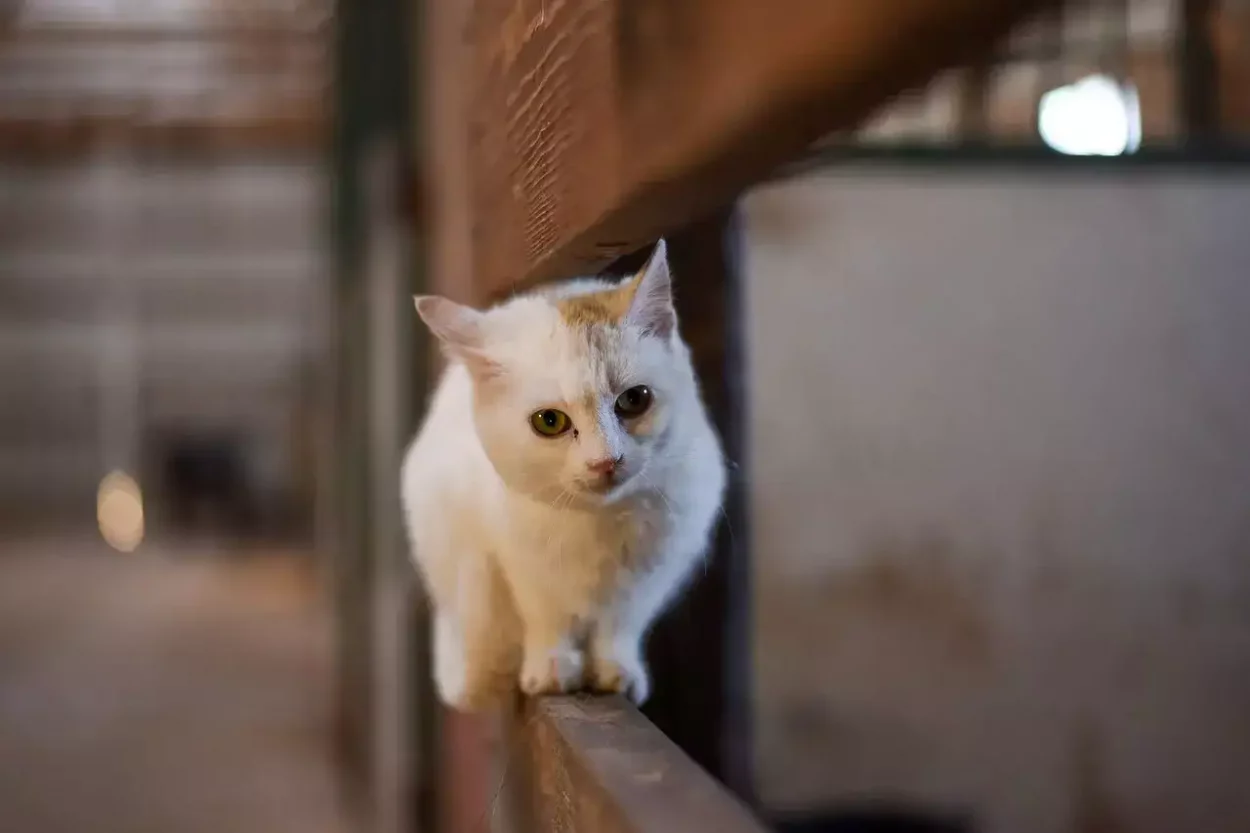

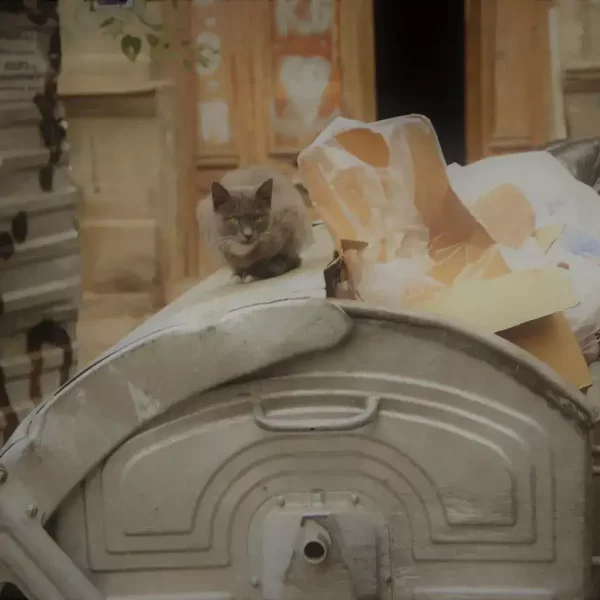
Leave a Comment